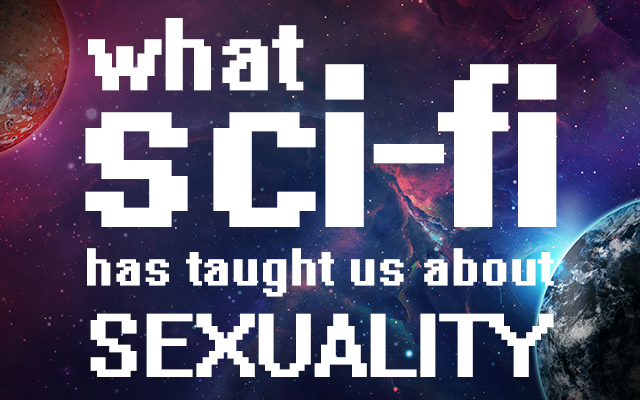
By the 1960s, almost every North American household had a television set, and all of a sudden families could bring major events locally and around the world right into their homes. One such historical milestone beamed into people’s living rooms happened to be the ongoing civil rights movement, which lobbied for equality for people of color. During this same decade, the science fiction genre started becoming more popular, and eventually reflected the changes that the civil rights movement worked hard for. Here, we saw the emergence of a counter-culture that was much less shy about sex and more considerate to gender roles, and the social status of minorities. The LGBT community has the civil rights movement to thank for opening people’s eyes to the injustice of segregation and discrimination, and we are currently embroiled in a civil rights movement of our own.
Now back to our regularly scheduled programming! Science fiction novels and television shows have illustrated a society in which the cultural norms that we are used to are sometimes seen as backward. They pave the way for more widespread tolerance of other people’s differences. Now, focusing on sexuality, I’d like to highlight my own personal favorite sci-fi shows and characters that I believe have had a hand in influencing society’s perception of the LGBT community.
Nomi Marks (Sense8)
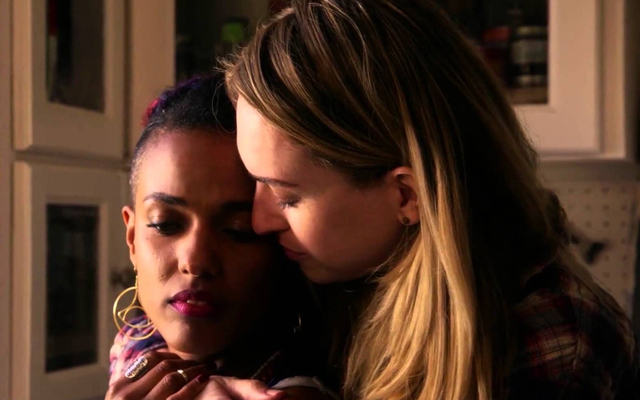
Sense8 is a groundbreaking original series from Netflix that focuses on eight unique individuals and their telepathic bond across hundreds of miles. One of the eight is a trans woman named Nomi (played by Jamie Clayton), who lives in San Francisco with her partner. In a very emotionally intense scene with Nomi and the show’s other LGBT character Lito, Nomi shares her traumatizing experience at a swim club when she was a young boy. We experience what it can be like for a child who is uncomfortable in his or her own skin, and the body dysmorphia experienced by trans people before they are able to transition. Sense8 is leaps and bounds ahead of a lot of other programming, especially regarding sexual orientation and gender identity. Lana Wachowski herself (one of the creators) has said that she believes that all the characters linked by this bond are pan-sexual. Each of the eight transcend stereotypes in their own ways, showing us that there is no right way to love.
Jadzia Dax & Lenara Kahn (Star Trek: Deep Space Nine)
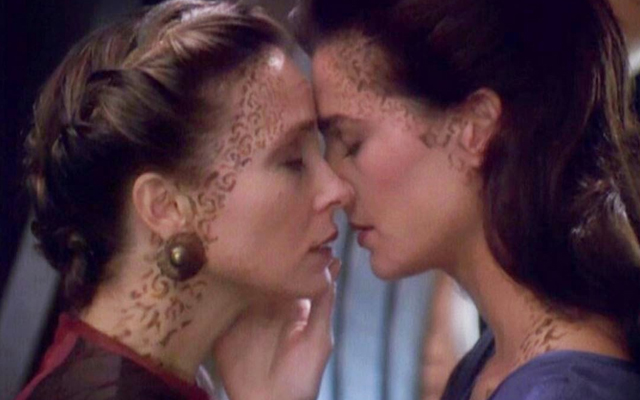
The Star Trek universe can teach us so much about tolerance and accepting those with diverse values and culture. Now bear with me, because this can get confusing: in DS9, there is a race called the Trill who can act as hosts for symbiotic organisms known as “symbionts” inside their bodies. This joining between the two beings creates a bond that allows the host to gain memories, knowledge, and skills of all previous hosts. In season 4 of DS9, one of the main characters of the show, a Trill female named Jadzia Dax comes across another Trill female whose symbiont (Khan) was once married to Jadzia’s symbiont (Dax) while they were inhabiting different hosts. The connection between the two women is instantaneous, however, extremely taboo in Trill culture. Their meeting and ensuing relationship in the episode led to one of the first televised kisses between two female characters.
Captain Jack Harkness (Torchwood, Doctor Who)
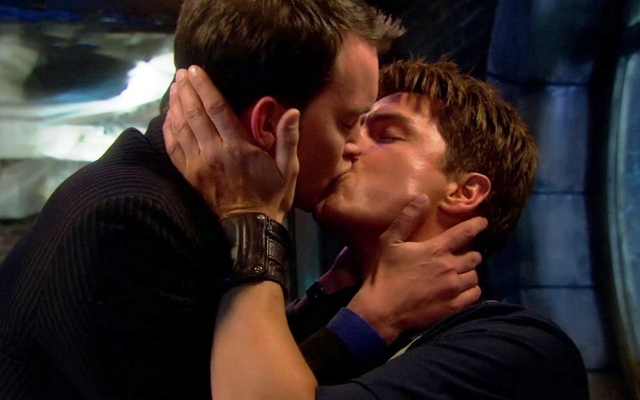
Captain Jack is a total hunk. He’s handsome, and completely sexually fluid. He’ll flirt and sleep with anyone and anything he finds attractive. Jack was the first openly pan-sexual character in both the Torchwood and Doctor Who series, and also participated in the first same-sex kiss in the series. Captain Jack serves as an ongoing depiction of pan-sexuality in mainstream British television, and his character became someone to look up to for young LGBT people in the UK. There are even action figures of him, if you’re interested…
Inara Serra (Firefly, Serenity)
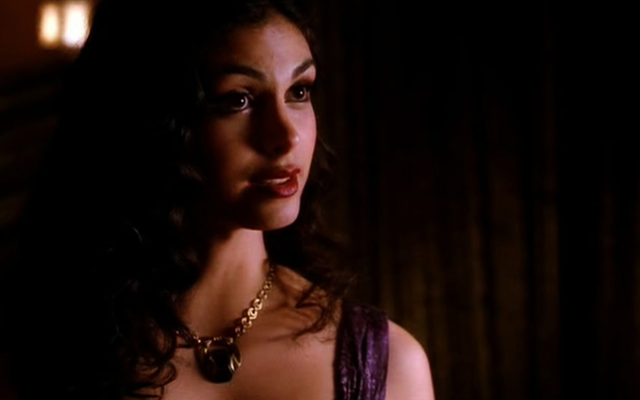
Inara doesn’t discriminate. As a “companion” (a socially elite courtesan – much like a Geisha), Inara can choose her own clients, either male or female. To be chosen by a companion is a great honor in the Firefly universe. Their services extend beyond sex to nurturing, psychological, emotional, and spiritual well-being. Inara enjoys total sexual freedom, takes great pride in her work, and depicts a culture which her career is not only acceptable, but revered. Oh, and never call a companion a “prostitute”…they take offense to that.
Bo (Lost Girl)
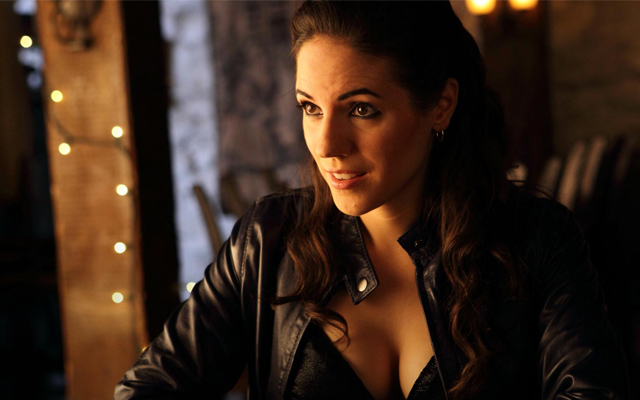
Lost Girl follows the life of a bisexual succubus named Bo who thrives, feeds, and heals by feeding on the chi of male and female humans as well as “Fae”, either by drawing it out orally or by absorbing the energy created from sexual contact with them. Casual sex is an essential part of the show, and sexual encounters have also included threesomes. In the Lost Girl universe, sexuality is a natural, judgement-free affirmation of life. I love how sex-positive the series is, and if you haven’t seen Lost Girl yet, get on it!
While TV has had a huge influence on how American society perceives the LGBT community, there’s still a long way to go before we see total equality. As of 2016, only 23 countries worldwide allow same-sex marriage…I think we can do better than that, don’t you?
Let us know about some of your favorite sex-positive TV shows, movies, and characters in the comments, or tweet us at @gfmdating!

